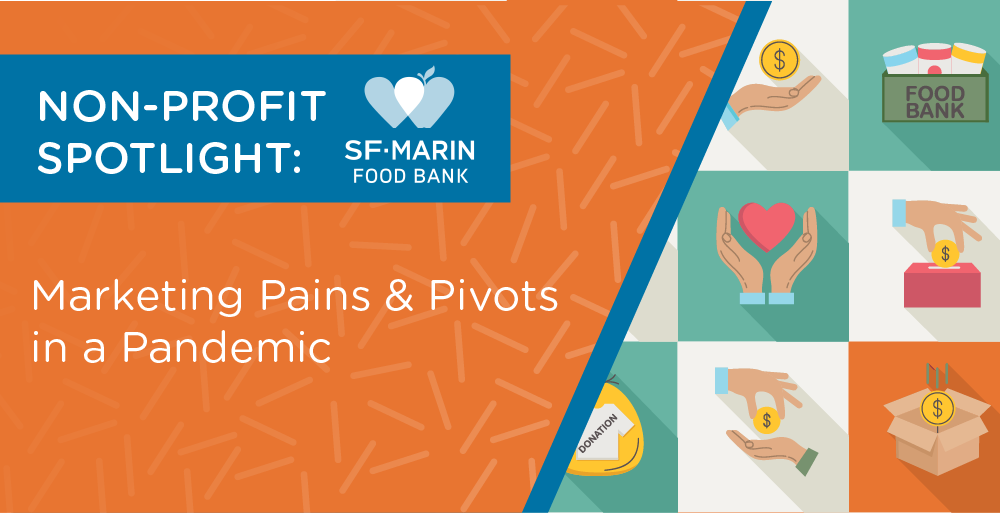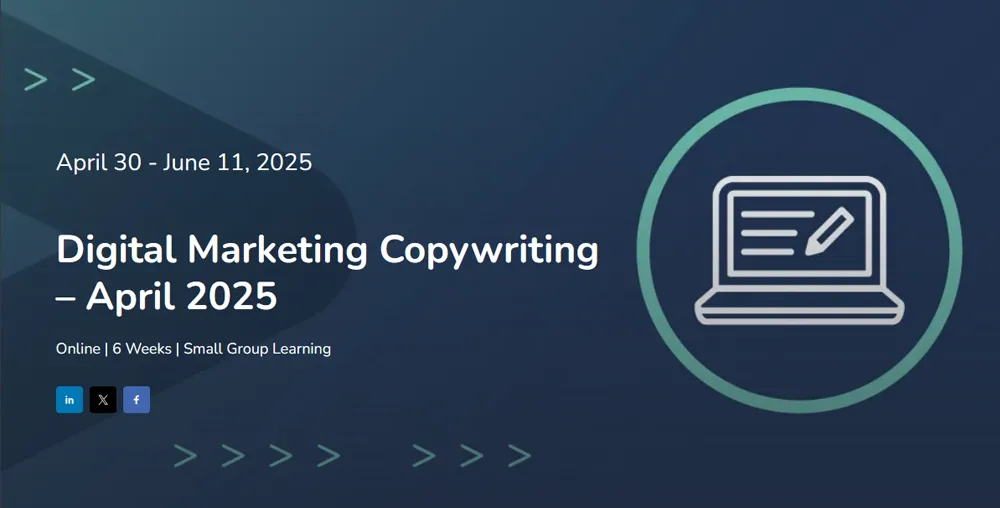Starting this quarter, we’ll be featuring a San Francisco Bay Area nonprofit that is making a big impact. We’re kicking it off with a timely organization, one whose mission has been a critical lifeline during the pandemic.
The San Francisco-Marin Food Bank was founded in 1987 and its mission is to end hunger in these counties. The organization envisions a community where everyone is able to get enough nutritious food, in a dignified manner, to support the health and well-being of themselves and their families. In addition to neighborhood pantries, emergency pop-ups, grocery home delivery, and other programs, the organization also works to address the root causes of hunger and advocate for stronger community safety nets.
We sat down with Gunilla Bergensten, Marketing and Communications Director of the San Francisco-Marin Food Bank for the past two years. She has led her team through a tidal wave of work and accomplishments, particularly during the pandemic.
Q. What attracted you to working at the food bank in a marketing role?
A. Food is a basic human right and it really transforms lives. Families and individuals often have to choose between rent, gas, food or medical bills. And food is often the last priority. It’s so hard to make ends meet in the Bay Area. However, having access to nourishing food eases peoples’ stress and ensures that our communities thrive.
Q: I know that the need for food banks is always high but the pandemic must have sent your organization’s needs over the top?
A: During the pandemic the need grew astronomically. The food bank had to grow from distributing food to 32,000 households every week before the pandemic to the height of over 60,000 last year. We’re just starting to level off at around 55,000 households per week now. And keep in mind that a single household can be anywhere from 1 to 5 people or more. But we see no signs this hunger pandemic is over. Unfortunately, there is no vaccine for hunger.
Q: What other impacts did you see during the pandemic?
A: In a way the stigma of asking for help was somewhat eased. For the first time there was no need to give a back story for why they needed the food. People were losing their jobs left and right. That being said, it’s always hard to ask for help and to turn to us. That takes courage.
Q: From a marketing perspective, how did you change during the pandemic?
A: Our marketing has always been very story driven but the safety measures made it hard to get the stories we needed. We could no longer go out and ask people their stories due to social distancing, masks, and other safety protocols. The stories were still there but they weren’t as accessible. Additionally, the traffic to the “Find Free Food” page in April 2020 was almost 24 times higher than in February. To ensure even more people found us that needed help, we speed-launched an SEO overhaul of the website.
Q: Sounds like you had to do a lot of quick “pivoting” as they say?
A: The pandemic threw all the standard marketing efforts out the window to focus on the immediate needs. It changed the way we worked. We couldn’t plan, we simply told the story of the week. For instance, when we needed volunteers the most we focused efforts on that, and when we needed support for another program we put all our marketing efforts on that. We kept it real and focused on what was happening on the ground.
Q: It seems like there was a lot of media coverage of the need for food during the pandemic. Did that have an impact as well?
A: Yes, we had a lot of help in public relations. Our story was top of the media’s agenda and helped drive donations and volunteerism. In fact, we had over 275 stories from March to December. There was definitely an intense pressure on our PR staffer, but we were happy to get the coverage.
Q: Speaking of volunteers, how was that impacted during the pandemic?
A: Before the pandemic we had 1,200 volunteers a week and lost a lot because they were corporate volunteers that were suddenly working remotely. So, at the beginning we needed 3,500 volunteers a week, but we’re starting to level off at 2,500 now – as you can tell, we need volunteers, so please sign up!

Q: What lessons did you learn from the pandemic that you’ll carry forth?
A: What I’ve learned is aligning internal and external messaging must go hand in hand. That might sound like a given, but we had not been successful in that regard before. My team did a lot of work on this during the pandemic. The key takeaway is that it’s so much easier when messaging aligns. When you’re talking about the same things across all channels, it’s much easier to get the results you want. The internal alignment helps the external.
Q: What surprised you most during the pandemic?
A: The generosity of people helping their neighbors. The level of generosity amazes me time after time, from $20 to $1 million. People really responded to this crisis. Everyone has chipped in, from individuals to corporations and foundations. People have been immensely generous. We saw neighbors supporting neighbors.
Q: And what might surprise our readers most about your marketing organization?
A: I think the size of our marketing department. All the emails, stories, press coverage, hunger reports, videos, social media – you might be surprised to learn how many people we are. Guess? We are just three people doing it all. But we get it done and we love the work.

The San Francisco-Marin Food Bank is always seeking donations and volunteers. With more families likely to become displaced during the upcoming fire season, giving is more important than ever. Whether it’s your time or your money, any help makes a real difference for feeding bay area families.









Comments are closed.